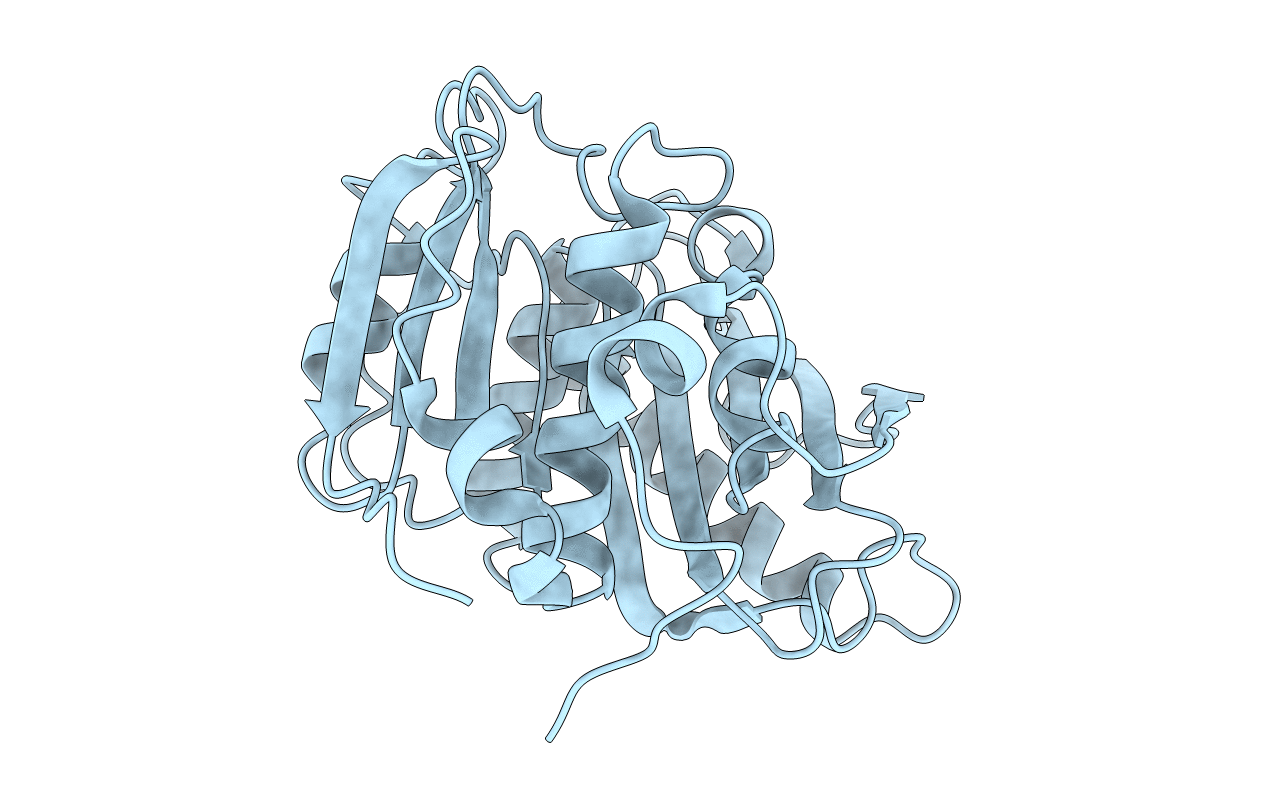
Deposition Date
2017-10-25
Release Date
2018-02-14
Last Version Date
2024-10-23
Entry Detail
PDB ID:
5YNS
Keywords:
Title:
Crystal structure of PETase R280A mutant from Ideonella sakaiensis
Biological Source:
Source Organism:
Ideonella sakaiensis (strain 201-F6) (Taxon ID: 1547922)
Host Organism:
Method Details:
Experimental Method:
Resolution:
1.36 Å
R-Value Free:
0.19
R-Value Work:
0.16
R-Value Observed:
0.16
Space Group:
P 21 21 21


